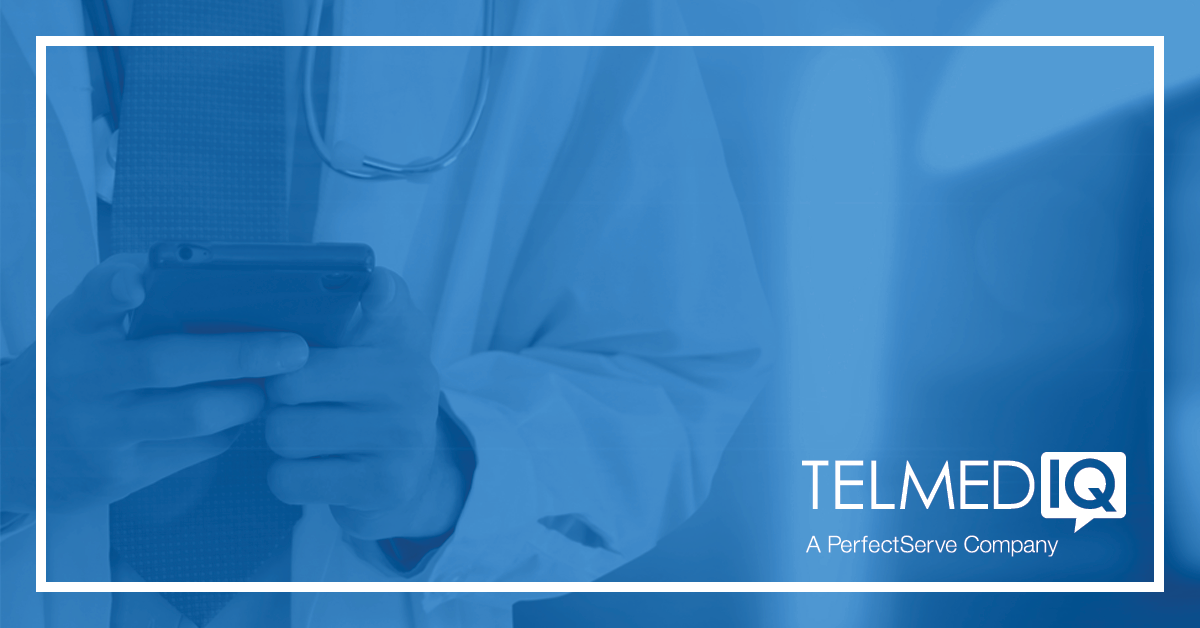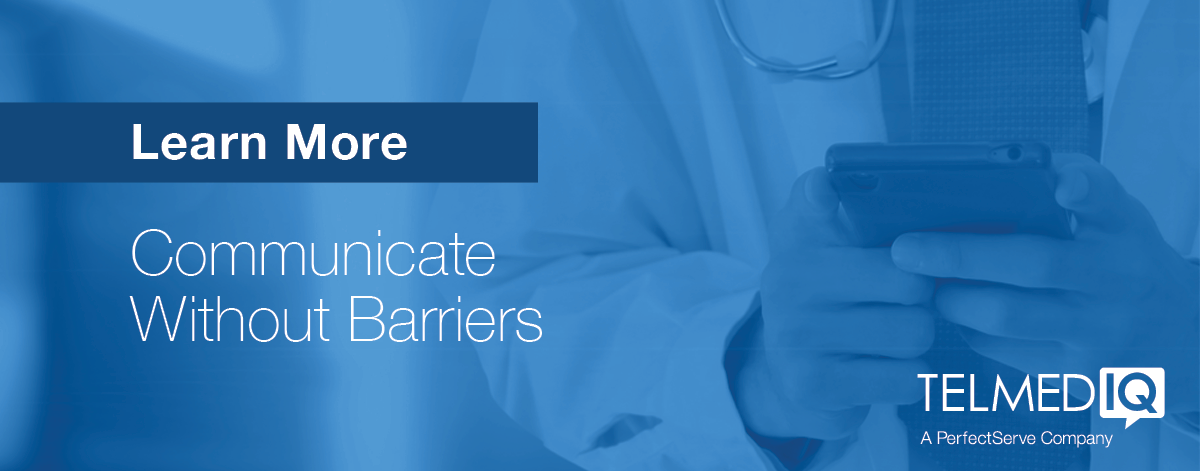In an emergent situation such as a natural disaster or security issue, hospitals need a way to alert employees inside and outside the hospital. Large healthcare systems need to be able to send hundreds of thousands of messages without worrying about messaging caps, cellular or Wi-Fi outages, or even EHR outages.
In this post, we will outline communication infrastructure best practices to improve your emergency and disaster preparedness. The first step is to identify risk.
Risk Mitigation for IT Infrastructure
One specific kind of disaster, and one we’re most likely to have in healthcare, is a cybersecurity attack. The healthcare industry continues to suffer the most severe financial losses associated with data breaches, at $6.45 million, compared to the average total cost of $3.92 million.1 The average data breach impacts 25,575, which in healthcare could mean the breach of protected health information (PHI) and a potential HIPAA violation.2 2019 has seen a 118% increase in ransomware attacks across all sectors, with some healthcare organizations forced into prolonged periods of downtime or permanent shutdown.3
Ransomware attacks typically target EHR systems, taking down access to critical patient information. Without these systems, hospital risk mitigation plans usually involve resorting to diverting patients or paper charting. Unfortunately, EHR outages also hold the potential to impact hospital communications. Many hospitals are attempting to unify systems by adopting EHR communication modules that provide secure texting and scheduling integration. EHR downtime can make it difficult, if not impossible, for clinicians to look up or communicate with other team members.
A strong response to cyberattacks includes mitigation as well as preparation to reduce the impact of attack. In the event of downtime, whether cyberattack, planned maintenance, or a localized disruption, your risk mitigation plan should ensure your EHR and communication infrastructure can run independently.
Independent cloud-based communication infrastructure offers seamless communication support for pagers, text, and voice (including cellular and VoIP). If an EHR outage does occur, your communication solution could provide basic EMR data from the last point of contact, allowing you to transition to paper charting with necessary information in hand. Just as importantly, your communication solution should ensure you can continue to communicate with care team members and with patients, allowing you to provide critical care or support safe handoff in the case of extended downtime.
Disaster Preparedness: Supporting Rapid Communication
Of course, cyberattack is not the only emergency that hospitals face. In the event of any emergency, whether widespread or localized to a specific department, it is vital that you have a way to communicate with groups of employees quickly and easily. And it’s critical to have built-in redundancy.
“How do you tell everyone that you’re having an outage if the network is down and you can’t send email? What if the cellphones were out?” - Drex Deford, 30-year CIO in a Webinar on “Disaster Preparedness.”
The ideal communication solution connects to essential clinical systems such as the EHR, directory, on-call schedules, nurse call, and middleware for alerts, alarms, and critical results. In the event of an emergency, the ideal solution combines customized algorithms with workflow rules, call schedules, and contact preferences to provide one-click communication to entire groups of people.
Mass alert capabilities can be built into your communication solution, independent of your EHR, ensuring that your hospital has a reliable way to communicate to all users or specific groups of users, instantly. Mass alerts should send without caps or limiters with redundancy over Wi-Fi and cellular networks. As some employees needed for disaster or emergency response may not be in the hospital system, your communication solution should allow you to alert users outside your system, including EMS, police, and disaster response teams. For example, “Hurricane warning in effect. Expected landfall 2 miles south of Charleston in 8 hours. Our hospitals are preparing cots, water, and food now.”
The Role of Clinical Communication and Collaboration in Emergency Preparedness
Telmediq is a clinical communication and collaboration solution designed to transcend geographic and organizational barriers, making it possible to connect to the right person, right when you need them. Telmediq can help support your healthcare system’s emergency preparedness, including:
- For Localized Emergencies: In the event power is out in a specific location or there is a color code, a code page can send a high priority message to all members logged into a unit or location. Code pages can be associated with different groups and follow different escalation paths.
- Customized Algorithms: Create workgroups that make sense, including disaster response teams, units, floors, or hospitals, and reach the whole group with one click.
- No Boundaries: Unlike EHR communication modules, which do not extend beyond the hospital, PerfectServe can send messages to non-EHR users, including interns, guest physicians, EMS, police, and disaster response teams.
- Automated Escalations: In the event of a hospital emergency, messages automatically escalate for any clinician who doesn't respond or receive the message per protocol, escalating to back-up communication methods or alternate clinicians.
- Auditability: Track if messages are received, read, or received a response, with the option to allow for quick response options such as “On the way” or “Be there in 5 minutes.”
- No restrictive caps: Send hundreds of thousands of alerts with redundancy over Wi-Fi and cellular networks.
To learn more about how Telmediq solutions can help your healthcare system prepare for emergent situations, contact us.
1 https://www.ibm.com/security/data-breach
2 https://www.ibm.com/security/data-breach
3 https://healthitsecurity.com/news/ransomware-attacks-double-in-2019-brute-force-attempts-increase; https://healthitsecurity.com/news/fbi-alerts-to-rise-in-ransomware-attacks-urges-victims-not-to-pay



